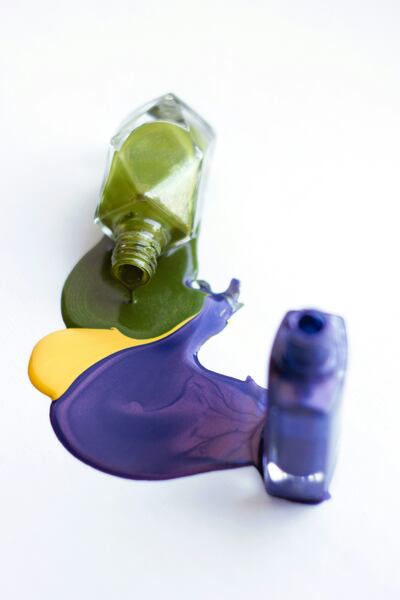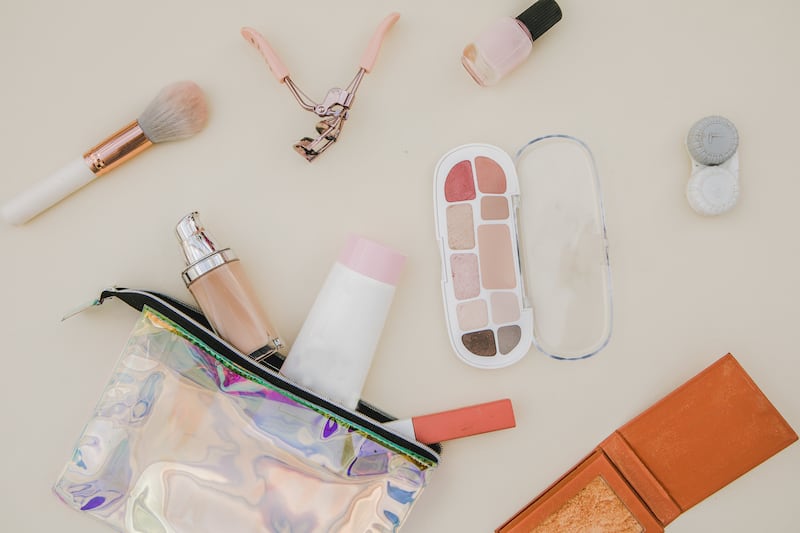New Zealand has become the first country to ban the use of two chemicals found in beauty products such as lipstick and nail varnish.
This week, the government announced the ban on perfluoroalkyl and polyfluoroalkyl substances, more commonly referred to as PFAS, by 2027. They are called “forever chemicals” due to their near indestructibility.
“We know these chemicals don’t easily break down, they can build up in our bodies and some can be toxic at high levels,” said Dr Shaun Presow, of the Environmental Protection Authority.
PFAS are used in cosmetics for product consistency and texture, conditioning and smoothing the skin, hair and nails to make them appear shiny.
They are also found in an array of everyday goods, including non-stick cookware, paint, cleaning products, food packaging, firefighting foam and umbrellas. They have also been detected in drinking water.
There are around 4,500 individual PFAS chemicals, which are used to make products waterproof and stain-proof, as well as heat resistant, for example in waterproof mascaras, long-lasting eyeshadows, foundations and lip stains. They are also a common ingredient in the TikTok-favourite bubbling face masks.
“Generally speaking, they are added as ingredients in a small number of cosmetic products, including nail polish, shaving cream, foundation, lipstick, eyeliner, eyeshadow and mascara,” says Geraldine Janse Van Veuren, brand manager at skin and body care company Comfort Zone.
“This is because they can make the product smoother, easier to apply, and increasingly water resistant. The man-made compounds are also used in some hair treatments as they deliver high-shine and anti-frizz properties.”
Links to cancers and birth defects
One common characteristic of concern of PFAS is that many break down very slowly and can build up in people, animals and the environment over time, a report on the United States Environmental Protection Agency's website reads.
It adds: “Current scientific research suggests that exposure to certain PFAS may lead to adverse health outcomes. Research is also under way to better understand the health effects associated with low levels of exposure to PFAS over long periods of time, especially in children.”
Studies have linked PFAS with an array of health issues, including birth defects, cancers and problems with the immune system.
Last year, a study by the International Agency for Research on Cancer found “strong” evidence that PFAS can cause changes in the human body that may lead to the development of cancer.
Is ‘clean beauty’ the answer?

There are alternatives to PFAS, and when it comes to cosmetics, silicon and polymers are the most common replacement ingredients.
A recent popular trend for clean beauty makes it easier to find out what’s in cosmetic products. However, because PFAS stick around for so long, even products which claim to be PFAS-free may still contain the chemical if other ingredients come into contact with them, making them PFAS-associated.
The US Food and Drug Administration advises that some common PFAS to look out for in cosmetics include PTFE (polytetrafluoroethylene), perfluorohexane, perfluorononyl dimethicone, perfluorooctyl triethoxysilane and perfluorodecalin.
In the UK and EU, cosmetic regulations allow for nine PFAS to be used in cosmetic products, and regulations vary from country to country.
There are several apps available, including the popular Clearya, which are designed to help consumers make informed choices by scanning the ingredients of a product and notifying you when PFAS are detected.






